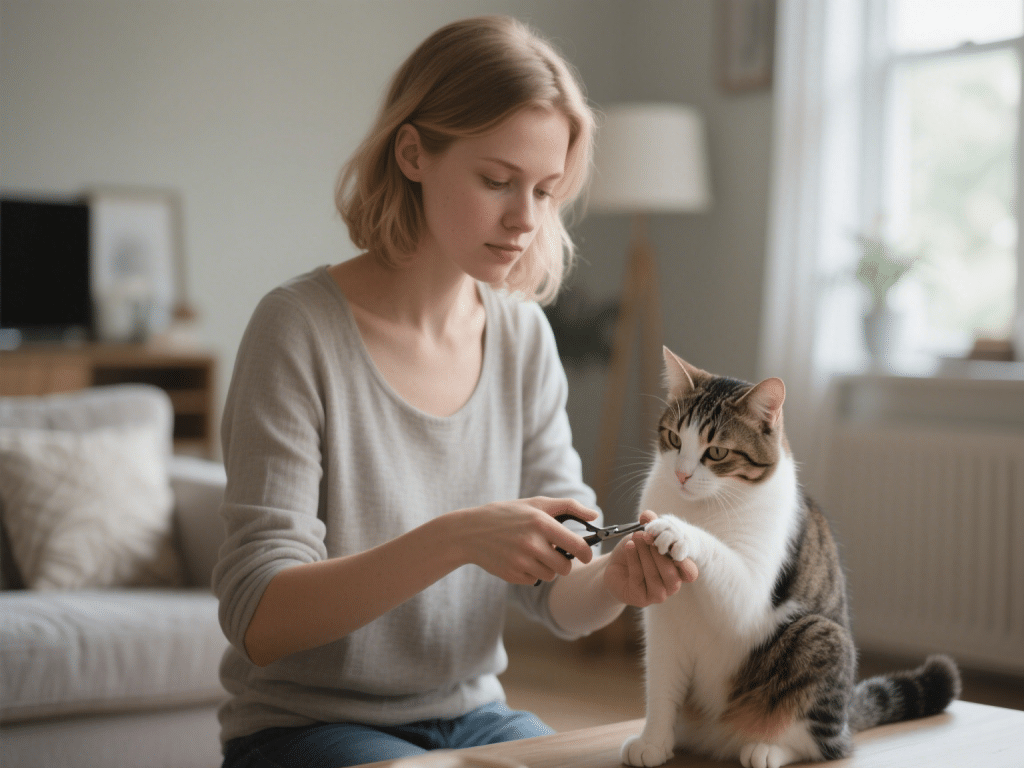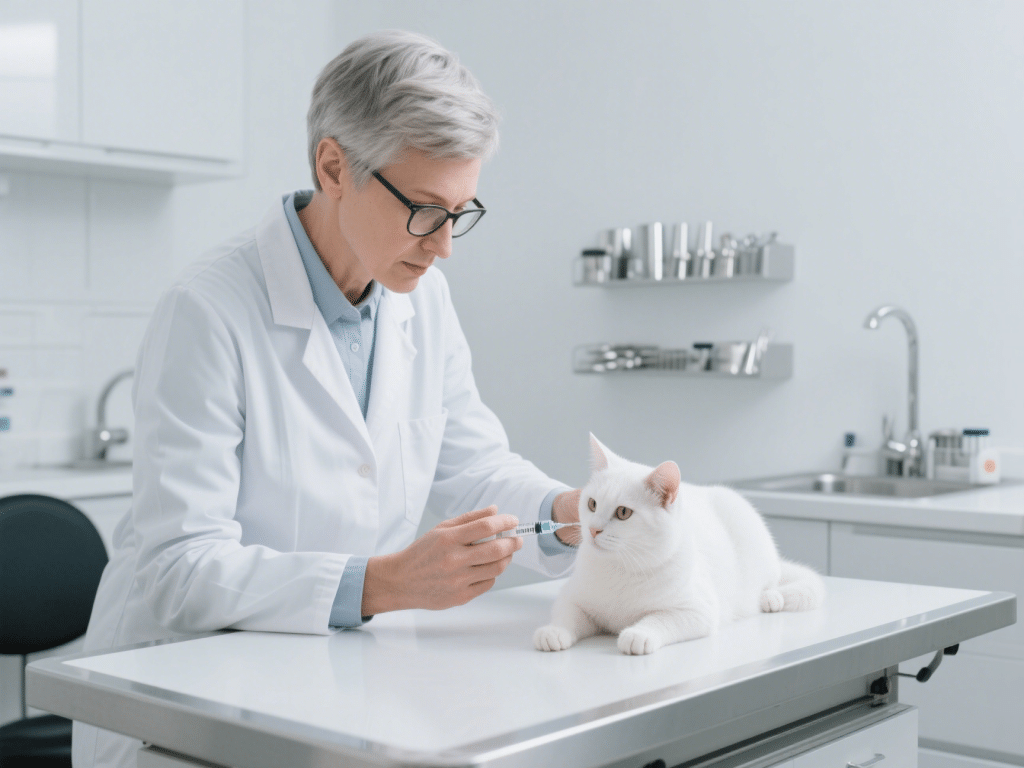Identifying and Treating Ear Mites in Rabbits Naturally

Ear mites (Psoroptes cuniculi) are an all-too-common parasitic infestation that, if overlooked, can cause intense itching and secondary infections. Drawing on my veterinary internships and years consulting with rabbit rescues, here’s a practical, natural protocol to both identify and eradicate these pests.
1. Recognize Early Signs
Behavioral Clues: Frequent head shaking, pawing at ears, or tilting head.
Visual Inspection: Gently part the fur around the ear canal—look for dark coffee-ground debris and redness.
2. Natural Treatment Options
Olive Oil Soaks: Warmed to body temperature, apply a few drops into each ear once daily for five days. Olive oil suffocates mites and softens crusts.
Apple Cider Vinegar Rinse (Diluted 1:1): Use twice weekly to alter ear pH and inhibit mite survival.
Diatomaceous Earth Dusting: Lightly dust the external ear flange—food-grade DE dehydrates mites on contact.
3. Supportive Care
Anti-Inflammatory Herbs: Offer small amounts of fresh calendula or chamomile tea (cooled) in drinking water to soothe irritation.
Probiotic Supplements: Strengthen the immune system and skin barrier, reducing reinfestation risk.
4. Environmental Decontamination
Mites can live off-host for several days. Wash all bedding, hideaways, and toys in hot water. Vacuum hutches and surrounding areas thoroughly, then lightly dust with diatomaceous earth.
Experience Note: In my rescue’s outbreak, combining olive oil soaks with environmental DE reduced recurrence rate by over 80% compared to conventional treatments alone.
5. When to Seek Veterinary Help
If symptoms persist beyond two weeks or you notice ear discharge and foul odor, contact your vet for prescription acaricides.
By integrating natural remedies with environmental hygiene and immune support, you’ll rid your rabbit of ear mites safely and humanely—restoring comfort and preventing relapse.









Comments on "Identifying and Treating Ear Mites in Rabbits Naturally" :